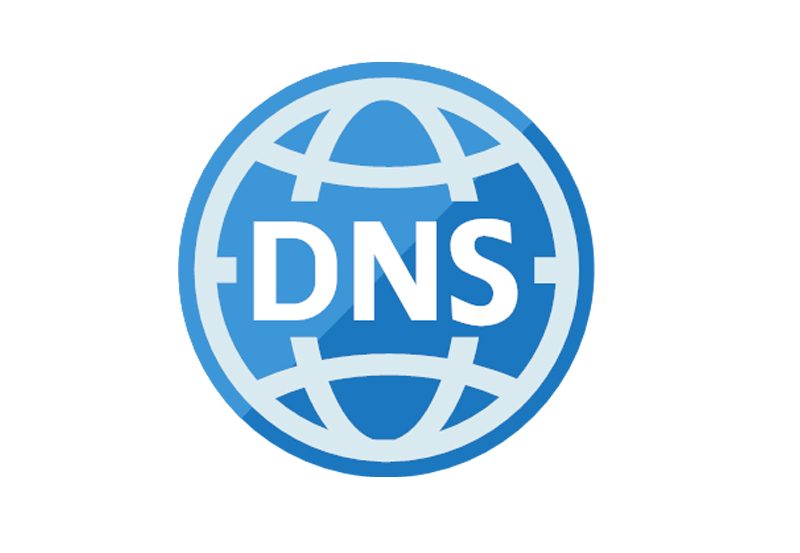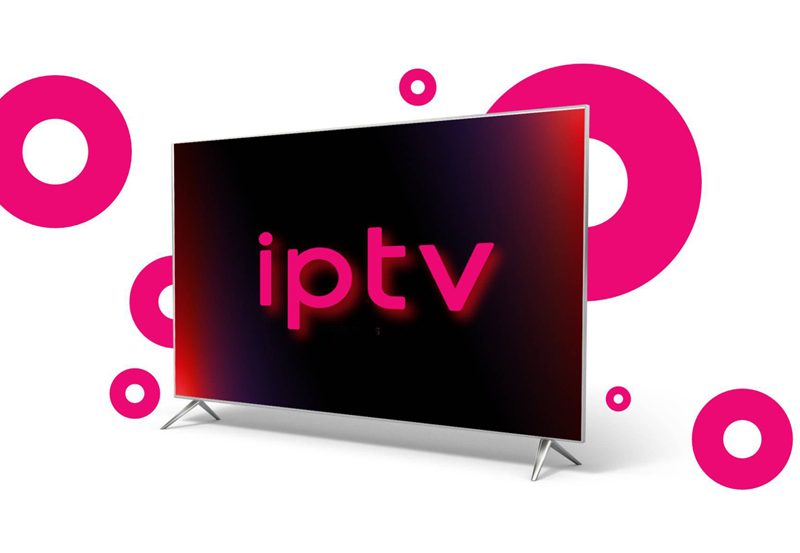IPTV (Internet Protocol Television) is a digital television broadcasting method that uses internet protocols to deliver television content over IP networks. Unlike traditional broadcasting methods such as terrestrial, satellite, or cable TV, IPTV transmits content through packet-switched networks. This technology enables a more interactive and personalized viewing experience, allowing users to access on-demand content and utilize various features across multiple devices, including smartphones, tablets, and smart TVs.
Quality of Service (QoS) plays a critical role in IPTV systems, as it directly affects the viewer’s experience. QoS encompasses the overall performance of a network and its capacity to deliver consistent service to users. In IPTV, maintaining high QoS is crucial for ensuring uninterrupted, high-quality video and audio streams.
Key factors influencing QoS include network latency, packet loss, and jitter, all of which can impact the viewing experience. Poor QoS may result in issues such as buffering, pixelation, or degraded audio quality, leading to an unsatisfactory IPTV experience. To provide an optimal IPTV service, it is essential to prioritize QoS by optimizing network infrastructure and protocols.
This ensures the reliable and consistent delivery of high-quality streams to viewers, ultimately enhancing their overall satisfaction with the service.
Key Takeaways
- IPTV is different from traditional TV services and relies on internet protocols for content delivery
- Quality of Service (QoS) is crucial for ensuring a seamless viewing experience in IPTV
- Different TV protocols used in IPTV have varying impacts on QoS
- Prioritizing streams can improve QoS in IPTV by ensuring critical content is delivered smoothly
- Bandwidth optimization is key to delivering high-quality IPTV streams and improving QoS
TV Protocols and QoS
Common TV Protocols in IPTV
Some of the most widely used TV protocols in IPTV include HTTP Live Streaming (HLS), Real-Time Messaging Protocol (RTMP), and Dynamic Adaptive Streaming over HTTP (DASH). Each of these protocols has its strengths and weaknesses when it comes to delivering high-quality streams to viewers.
Advantages and Disadvantages of TV Protocols
For instance, HLS is renowned for its ability to adapt to varying network conditions, making it a popular choice for delivering IPTV content. RTMP, on the other hand, is known for its low latency and real-time streaming capabilities, making it suitable for live events and interactive content. DASH, meanwhile, is designed to dynamically adjust video quality based on network conditions, ensuring a smooth viewing experience for viewers.
Prioritizing Streams for Better QoS
These TV protocols prioritize streams for better QoS by adapting to network conditions, adjusting video quality, and minimizing latency. By leveraging these protocols, IPTV providers can ensure that viewers receive high-quality streams regardless of their network environment.
Bandwidth and QoS in IPTV
Bandwidth plays a crucial role in delivering high-quality IPTV streams. The amount of available bandwidth directly impacts the quality of the video and audio streams that viewers receive. Insufficient bandwidth can lead to buffering, pixelation, and poor audio quality, resulting in a subpar viewing experience.
To optimize bandwidth for better QoS in IPTV, providers can implement various strategies such as using compression techniques to reduce the size of video files, implementing content delivery networks (CDNs) to distribute content closer to viewers, and prioritizing traffic based on the type of content being delivered. By optimizing bandwidth usage, IPTV providers can ensure that viewers receive high-quality streams without interruptions or delays. Furthermore, implementing Quality of Service (QoS) mechanisms within the network can help prioritize IPTV traffic over other types of data, ensuring that viewers receive consistent and reliable streams regardless of network congestion or other factors that may impact bandwidth availability.
Buffering and QoS
Buffering can have a significant impact on the Quality of Service (QoS) of IPTV streams. Buffering occurs when there is a delay in the delivery of video or audio content, resulting in interruptions or pauses during playback. This can be frustrating for viewers and can significantly impact their overall viewing experience.
To minimize buffering and improve QoS in IPTV, providers can implement strategies such as optimizing network infrastructure to reduce latency, using adaptive streaming technologies to adjust video quality based on network conditions, and implementing buffer management techniques to ensure smooth playback without interruptions. By minimizing buffering and ensuring a consistent stream of video and audio content, providers can improve the overall QoS of their IPTV services and provide viewers with a seamless and enjoyable viewing experience.
Quality of IPTV Streams
Several factors contribute to the overall quality of IPTV streams. These factors include video resolution, frame rate, audio quality, and the presence of artifacts such as pixelation or stuttering. Additionally, network conditions such as latency, packet loss, and jitter can also impact the quality of IPTV streams.
Measuring and monitoring the quality of IPTV streams is essential for ensuring high QoS. This can be done using various tools and techniques such as video quality metrics, network performance monitoring, and user feedback. By continuously monitoring the quality of IPTV streams, providers can identify any issues that may impact QoS and take proactive measures to address them.
Furthermore, implementing Quality of Service (QoS) management tools can help optimize IPTV streams for better quality by prioritizing traffic, minimizing buffering, and ensuring a consistent level of service for viewers.
Network Infrastructure and QoS in IPTV
Ensuring Consistent Delivery
A well-designed network infrastructure can ensure that IPTV streams are delivered consistently and reliably to viewers without interruptions or delays.
Optimization Strategies
To optimize network infrastructure for better QoS in IPTV, providers can implement strategies such as using dedicated network resources for IPTV traffic, implementing Quality of Service (QoS) mechanisms to prioritize traffic, and using redundant network paths to ensure reliability.
Guaranteeing High-Quality Streams
By optimizing network infrastructure for better QoS in IPTV, providers can ensure that viewers receive high-quality streams regardless of network conditions or other factors that may impact the delivery of content.
Prioritizing Your Streams for Better QoS
Prioritizing IPTV streams is essential for ensuring high Quality of Service (QoS). This can be done by implementing Quality of Service (QoS) mechanisms within the network to prioritize IPTV traffic over other types of data. By giving priority to IPTV traffic, providers can ensure that viewers receive consistent and reliable streams without interruptions or delays.
Additionally, using QoS management tools can help optimize IPTV streams for better quality by prioritizing traffic based on the type of content being delivered, minimizing buffering through buffer management techniques, and ensuring a consistent level of service for viewers. By prioritizing IPTV streams for better QoS, providers can ensure that viewers receive high-quality video and audio content without interruptions or delays, leading to a more enjoyable viewing experience overall.
If you’re interested in learning more about IPTV and how to prioritize your streams for better Quality of Service (QoS), check out this helpful article on What is Apple TV. This article provides valuable insights into the Apple TV platform and how it can enhance your IPTV viewing experience. Understanding the different streaming options available can help you make informed decisions about how to optimize your IPTV setup for the best possible QoS.





